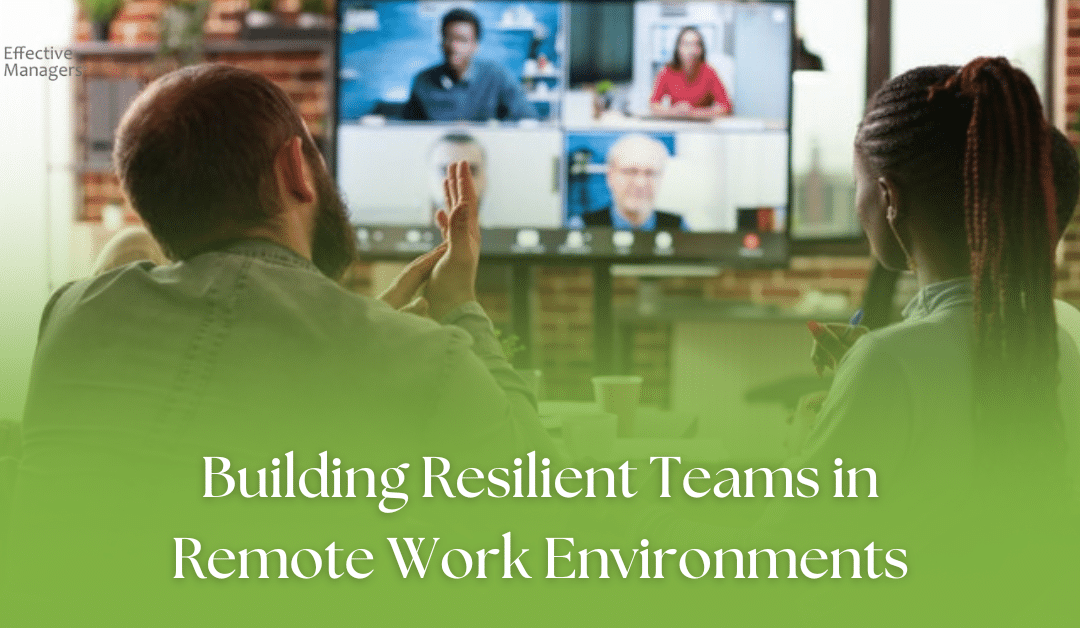Introduction
The evolution of the workplace into a remote setting and building resilient teams has introduced unique challenges in team management. This blog dives into the nuances of fostering resilience in remote teams, a crucial aspect for thriving in today’s digitally connected world.
The Unique Landscape of Remote Work
Remote teams operate in an environment devoid of traditional office boundaries, characterized by diverse geographical locations and reliance on digital communication tools. This new landscape can lead to obstacles like miscommunication, feelings of isolation, and blurred lines between work and personal life, challenging the resilience of even the most robust teams.
Strategies for Fostering Team Resilience
- Enhancing Communication for Clarity and Connection: Effective communication is the backbone of remote work. Implementing regular video conferences, chat groups, and clear email etiquette can mitigate misunderstandings and foster a sense of belonging.
- Adapting to Flexibility While Maintaining Structure: While remote work offers flexibility, it’s essential to balance this with some structured routines. Fixed daily or weekly check-ins and clear expectations can create a sense of normalcy and stability.
- Building a Cohesive Team Culture Virtually: Cultivating a strong team culture in a remote environment requires creativity. Virtual team-building activities, celebrating milestones, and recognizing individual achievements can enhance team spirit and a sense of unity.
- Promoting Continuous Personal and Professional Growth: Encouraging team members to pursue skill development and providing access to online learning resources can help in personal and professional growth, keeping the team motivated and up-to-date.
- Utilizing Digital Tools to Enhance Collaboration: Selecting and effectively using digital tools for project management, collaboration, and productivity is crucial for a seamless remote work experience.
- Emphasizing Mental Health and Work-life Balance: Prioritizing mental health and encouraging practices that support work-life balance are essential. This can include setting boundaries for work hours, encouraging breaks, and providing support for mental wellness.
Real-World Applications
Case studies from successful companies demonstrate the effectiveness of these strategies. For example, a multinational corporation may adopt flexible working hours accommodating different time zones, while a startup might focus on virtual team-building exercises to maintain team cohesion.
Conclusion
In summary, building resilient teams in remote environments involves a multi-faceted approach that includes clear communication, flexibility balanced with structure, a strong virtual team culture, continuous learning opportunities, effective use of digital tools, and a focus on mental well-being. These strategies, when effectively implemented, can transform remote teams into robust units capable of overcoming the challenges of distance and digital barriers.
Click here to email Dwight to explore how you can improve yours and your team’s performance.






